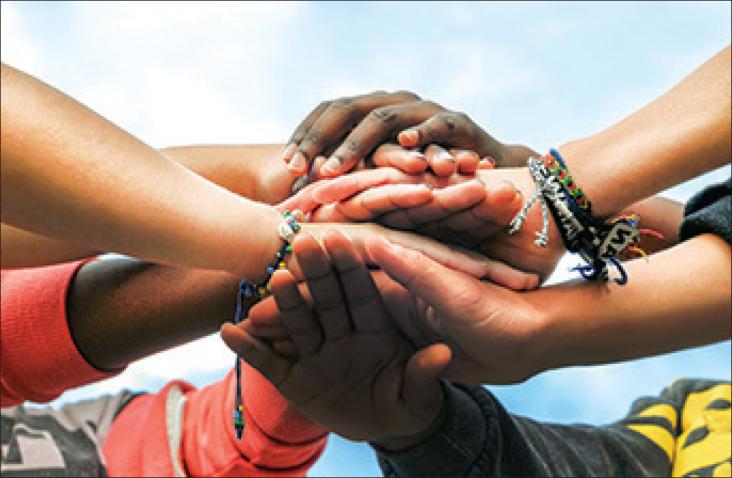Violence against women (VAW) is a violation of human rights rooted in gendered social structures and a pervasive problem worldwide.
Across cultures, women prefer participation in nonviolent opposition to government rather than violence.
Violence against sexual minorities is a significant social problem. On a global level, its primary manifestation is in state-sanctioned violence by law enforcement officials.

Translational Autoimmunity: Autoimmune Disease Associated with Different Clinical Features, Volume , 1 January 2022

